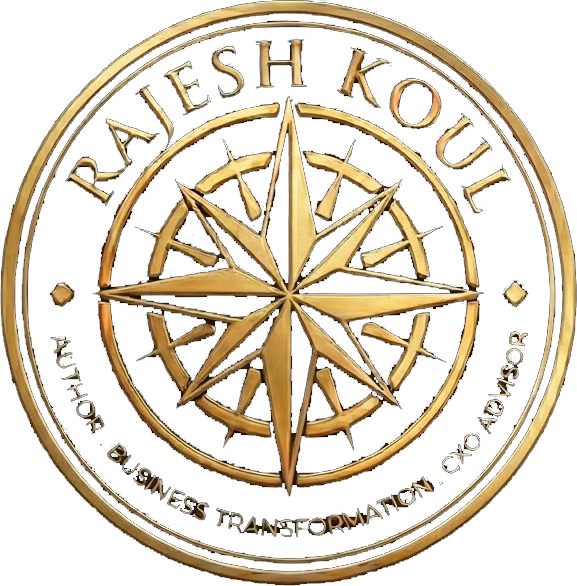Innovation isn’t just about having new ideas; it’s about bringing those ideas to fruition in a meaningful way. To truly understand the bridge between project management and innovation, we must first grasp what innovation entails.
Innovation is the introduction of something novel and can encompass various changes, from incremental modifications to radical shifts. It touches various sectors, from economics and business to design, technology, and engineering. Some key aspects of innovation include:
Technological Breakthroughs: These are leaps in science and engineering that can redefine industries. Examples include the discovery of electricity, the invention of the internet, or the development of CRISPR gene editing.
Economic Growth: Innovation drives new business models and industries, fueling economic expansion. For instance, the rise of the sharing economy with companies like Uber or Airbnb.
Vehicle for Survival: In the face of challenges, nations often innovate to survive. For instance, transitioning from coal to renewable energy sources to combat climate change.
Social Advancement/Reform: Innovations in societal structures can lead to significant advancements. Universal suffrage or the introduction of online education are examples.
The Japanese Government aptly put it when they said, “Innovation is a driver for structural reform of a country’s socio-economic system driven by technology.”
To elucidate further, let’s delve into an example:
P2M Innovation in an Electronic Manufacturing Company Belief & Vision: Imagine an electronic manufacturing company founded by Mr. Hiroto. He believes that the future of electronics is in sustainable and eco-friendly production. His vision is to create a company that’s the world’s leading producer of green electronics.
Strategic Intent & Strategy: To translate his belief and vision into reality, Hiroto defines a strategic intent: “To incorporate sustainability in every facet of production by 2025.” The strategy includes investing in R&D for green materials, training staff in sustainable production methods, and building partnerships with eco-friendly suppliers.
Mission-Oriented Programs: To realize this strategy, the company establishes various mission-oriented programs such as:
Green Material Research Program: This involves multiple projects like exploring biodegradable plastics, sourcing recycled metals, and researching low-energy production techniques.
Sustainable Production Methods Program: Projects under this program might include the establishment of a solar-powered factory, training workshops for employees on energy conservation, and waste reduction initiatives.
Eco-friendly Supplier Collaboration Program: This encompasses projects focused on building collaborations, such as initiating partnerships with eco-material providers, creating a green supply chain, and setting up sustainability checkpoints.
Each of these programs comprises multiple projects, both small and large. For example, under the Green Material Research Program, one project might focus on the research of biodegradable plastics, while another might look into sustainable soldering materials.
Granular Execution: Each project is further divided into work packages or tasks. For instance, the biodegradable plastics project might have tasks like literature review, lab experiments, field testing, and market viability study.
Through this P2M innovation model, the electronic manufacturing company, under Hiroto’s leadership, systematically progresses towards its vision. Each tier, from strategic intent to granular tasks, ensures that innovation is not just an idea but is executed and realized, reaffirming the essential relationship between project management and innovation.
Please note: “The above content was formulated based on the notes I took during a P2M Innovation program that I was a part of and was felicitated by Dr. Hiroshi Tanaka.
